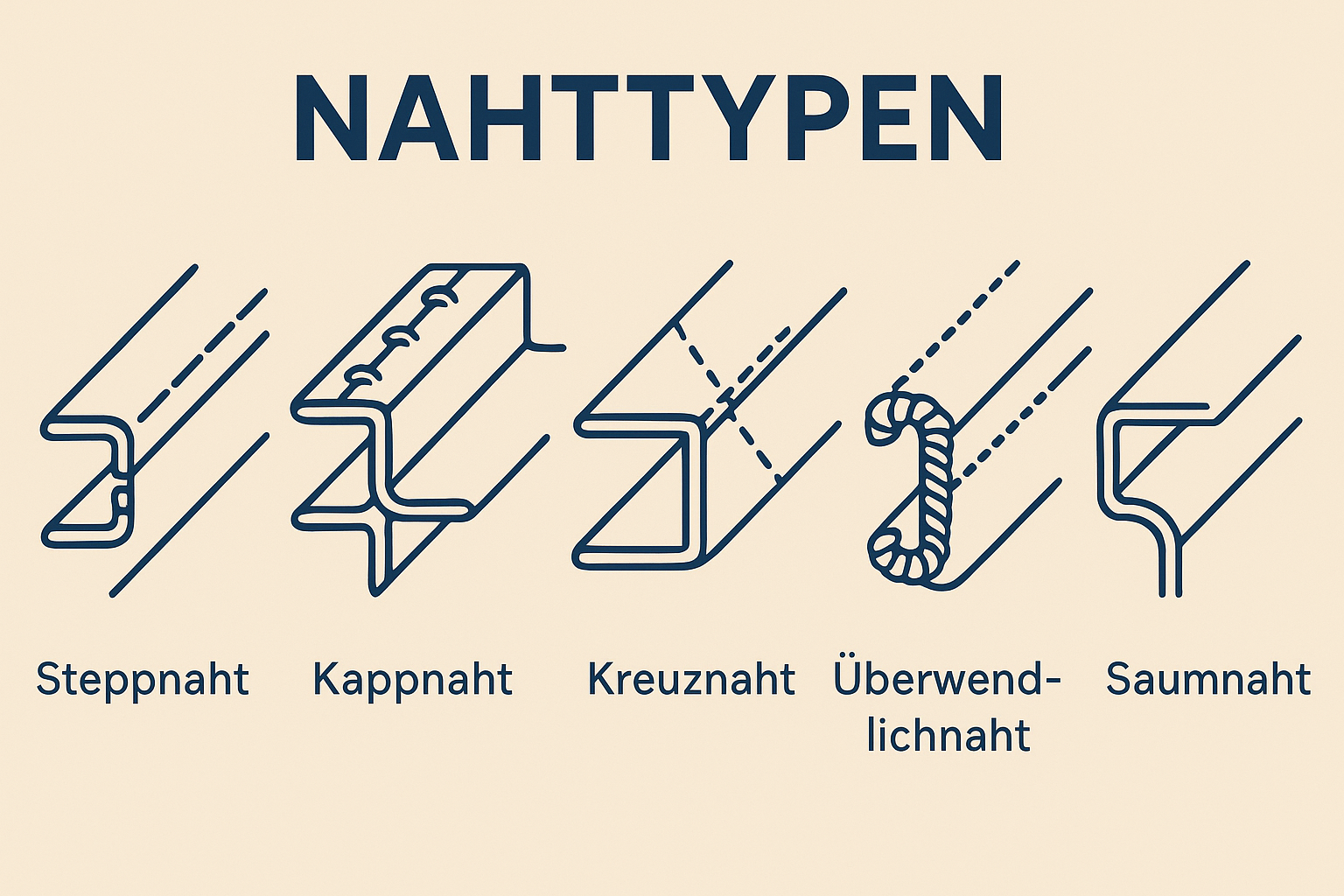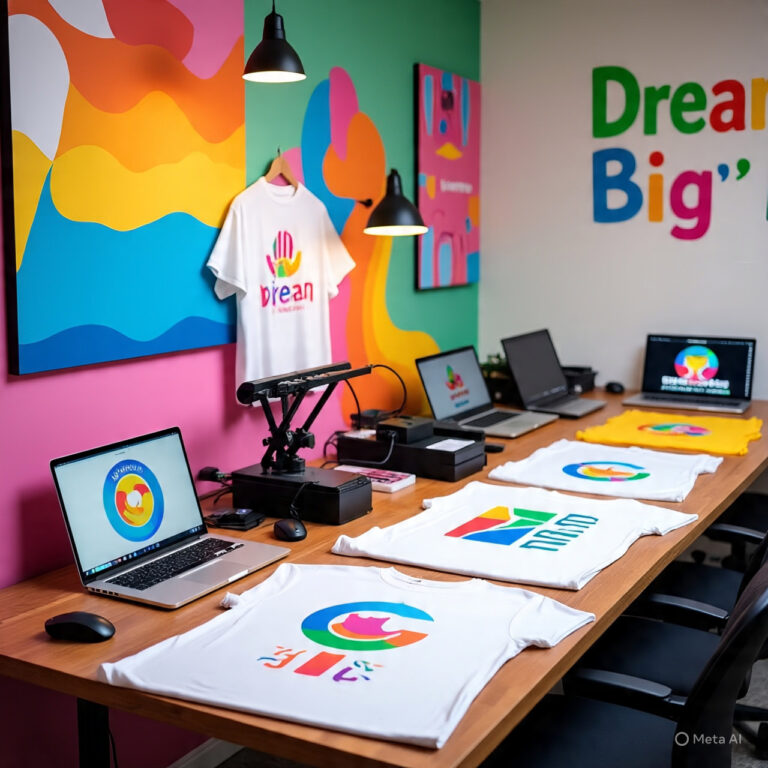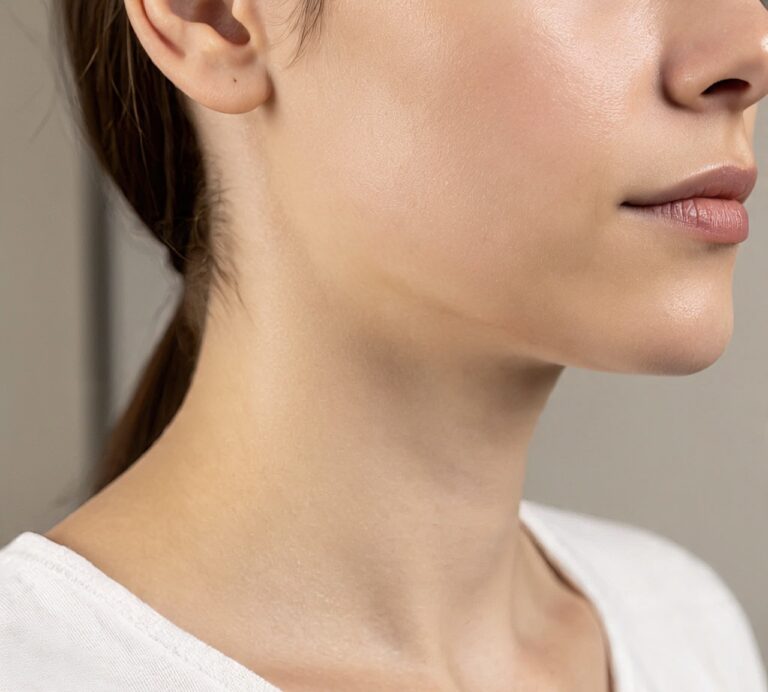Nahttypen means types of seams in German. In sewing, seams are important because they join pieces of fabric together. But not all seams are the same. Some are strong, some are flexible, and some are decorative.
This guide explains different seam types, their uses, which fabrics they suit, how to avoid common mistakes, and how modern industries use special seam techniques.
What Are Nahttypen?
Nahttypen are the various ways fabrics are stitched together. Seams can be:
-
Functional (hold fabric in place)
-
Decorative (add design)
-
Protective (stop fraying)
-
Flexible (allow stretch)
Each seam type serves a different purpose depending on the fabric and the item being made.
Why Seam Types Matter
Choosing the correct seam type is important. Here’s why:
-
Keeps fabric together securely
-
Prevents edges from fraying
-
Allows clothing to stretch if needed
-
Gives a neat and professional look
-
Matches the needs of fabric type and garment style
Basic Seam Types
Below is a table showing common Nahttypen used in sewing:
| Seam Type | Description | Common Use |
|---|---|---|
| Plain Seam | Most basic seam; two pieces sewn together at the edge | General sewing |
| Zigzag Seam | Allows stretch; used with knit or stretchable fabrics | T-shirts, leggings |
| Overlock Seam | Finishes fabric edge to prevent fraying | Industrial sewing, knits |
| French Seam | Seams are enclosed; clean and neat inside and out | Lightweight fabrics, silk |
| Flat-Felled Seam | Seam edges are folded inside and sewn flat | Jeans, heavy garments |
| Lapped Seam | One layer overlaps another, both stitched | Leather, thick fabrics |
| Bound Seam | Fabric strip wraps over seam edge | Decorative and strong edge |
Matching Seam Type to Fabric
Each fabric type works better with specific seam types. Use this table as a quick guide:
| Fabric | Recommended Seam Types |
|---|---|
| Cotton | Plain, French, Flat-felled |
| Denim | Flat-felled, Overlock, Lapped |
| Silk | French, Bound, Plain |
| Jersey/Knit | Zigzag, Overlock |
| Leather | Lapped, Bound |
| Chiffon | French, Bound |
| Linen | Plain, Overlock |
Decorative Seam Types
Some seams are used mainly for how they look. These are common in fashion or home items.
Examples:
-
Satin Stitch – Neat and shiny, often used in embroidery
-
Topstitch – Seen on outside of garments, adds detail and strength
-
Blind Hem – Invisible from the outside, used in formal pants or skirts
Seam Finishing Techniques
Finishing seams helps protect the fabric and makes the item look better.
| Finishing Method | Purpose |
|---|---|
| Overlocking | Trims and finishes edge in one step |
| Pinking Shears | Cuts edge in a zigzag to prevent fraying |
| Binding | Covers edge with fabric strip |
| Double Stitching | Adds strength to heavy seams |
| Serging | Decorative or stretch seam finish |
Common Seam Mistakes and How to Avoid Them
When sewing seams, many people make small errors. Here are common mistakes and how to fix them:
1. Wrong Needle Type
-
Use thin needles for light fabrics.
-
Use strong needles for denim or leather.
2. Ignoring Thread Tension
-
Tension should not be too tight or too loose.
-
Test on a fabric scrap first.
3. No Seam Finish
-
Unfinished seams can fray.
-
Use overlock or pinking shears to protect edges.
4. Not Testing Stitches
-
Always try the seam on a scrap fabric before final sewing.
5. Choosing the Wrong Seam
-
Stretchy fabric needs flexible seams like zigzag.
-
Heavy fabric needs strong seams like flat-felled or lapped.
Advanced Seam Methods in Industry
In large-scale clothing production and technical industries, special seam methods are used:
| Modern Seam Type | Use Case |
|---|---|
| Laser Seaming | Fuses fabrics using light, no thread used |
| Heat Sealed Seams | Used in rainwear and swimwear |
| Welded Seams | Air-tight or water-tight garments |
| Conductive Seams | Smart clothing, wearable electronics |
These methods are fast, durable, and often waterproof or stretchable.
“Some specialized platforms like SkinPres T also explore advanced textile applications that include heat-sealed seams and laser bonding technologies for enhanced performance.”
Seam Type Selection Checklist
Use this list before you start any sewing project:
-
What kind of fabric am I using?
-
Will the fabric stretch?
-
Do I need a neat look or strong hold?
-
Will the garment be washed often?
-
Should the seam be visible or hidden?
-
Does the item need to be waterproof or heat-resistant?
This checklist helps you choose the right seam type easily.
Summary
Understanding Nahttypen helps you:
-
Choose the best seam for your fabric
-
Avoid sewing mistakes
-
Make longer-lasting, better-looking garments
-
Learn industrial and technical seam methods
-
Finish seams professionally
Seams are more than just stitches—they hold the whole garment together and affect its durability and appearance.



